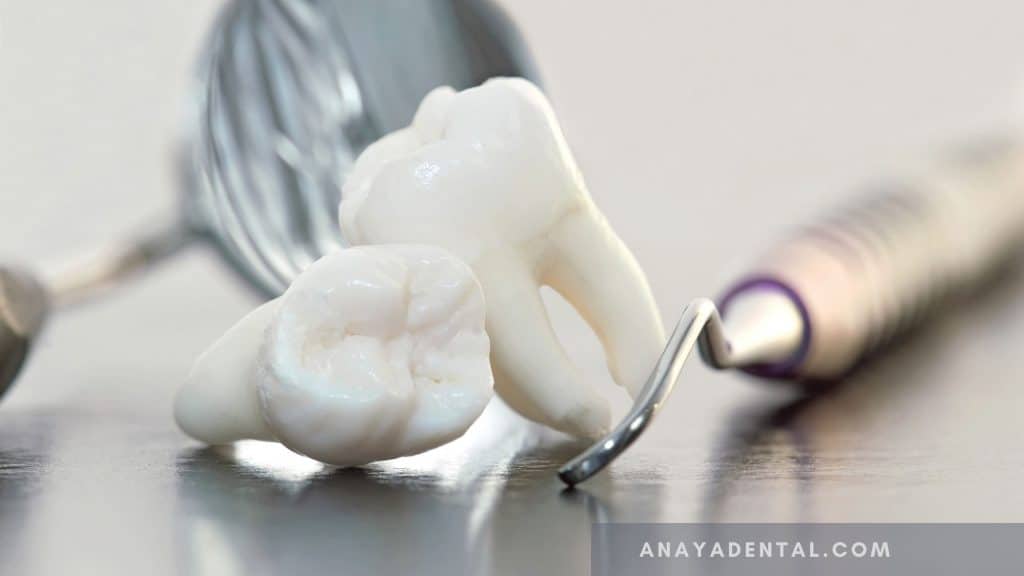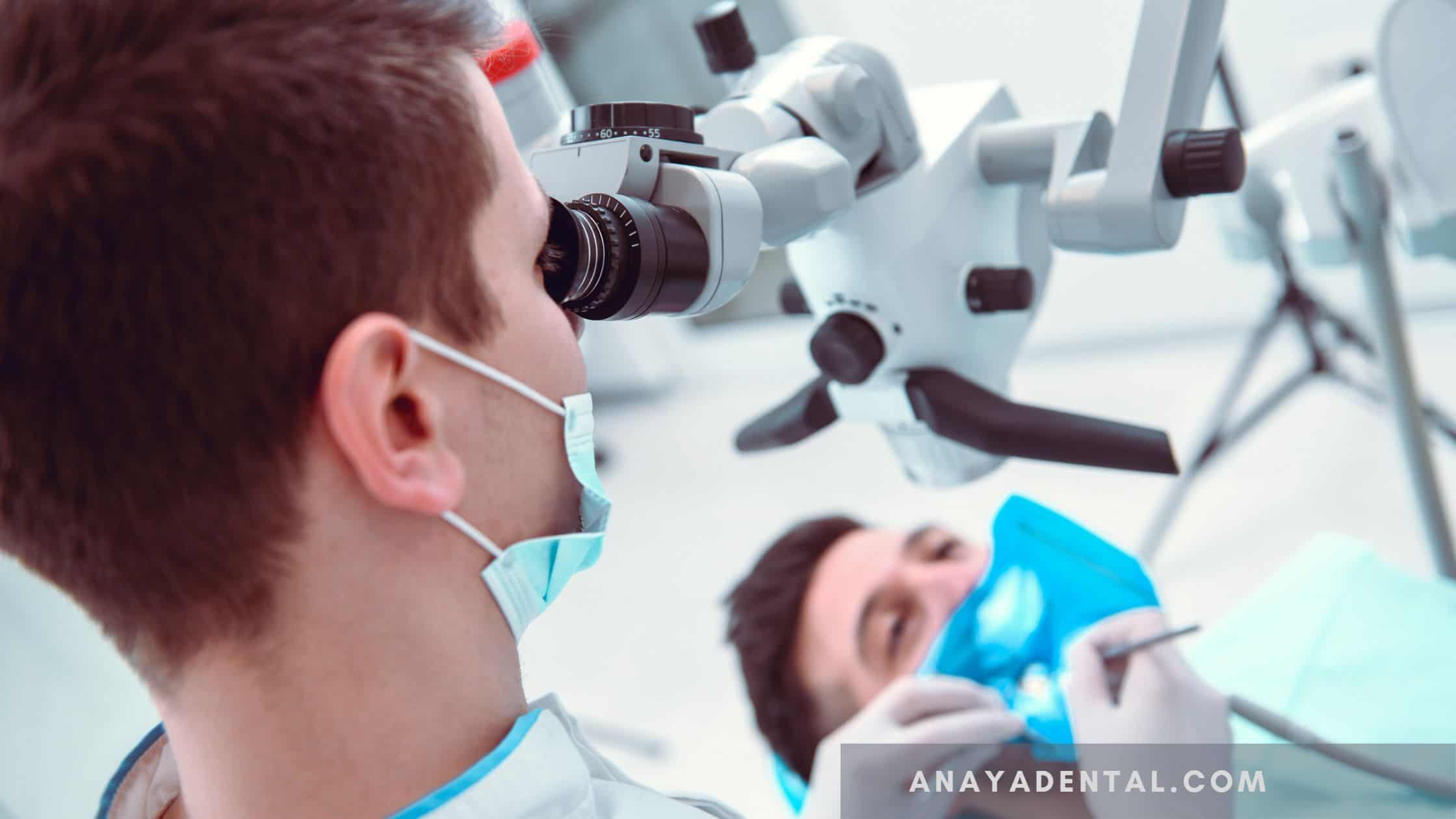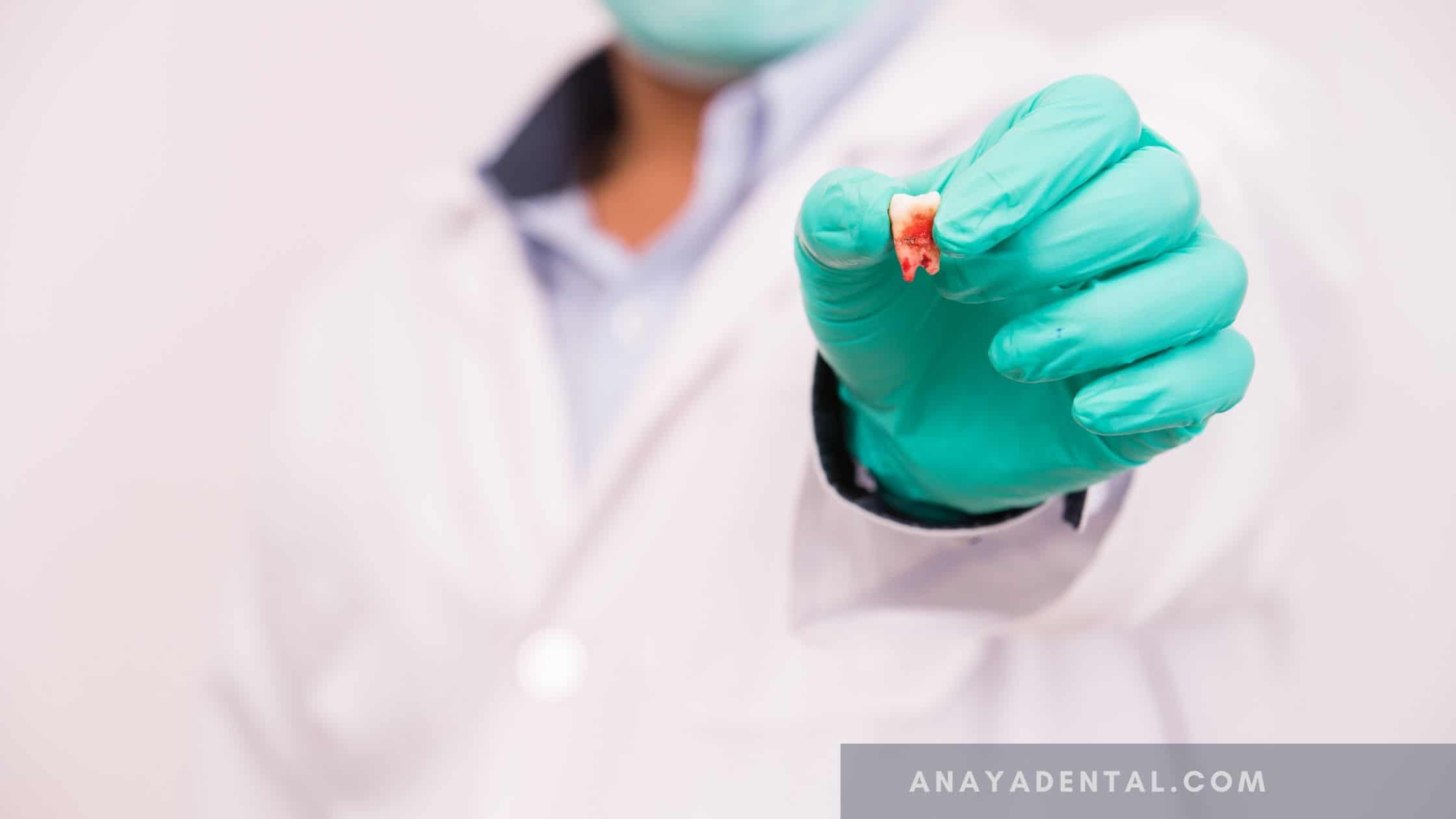Pain is a very significant symptom associated with wisdom tooth eruption. During tooth eruption gums get inflamed and a space gets created between erupting tooth and gum or the last present tooth and adjoining gum. This space provides optimum space for food debris accumulation and bacterial inhabitation. These bacteria produce toxins promoting further inflammation.
The inflamed gum gets pressed against the opposing tooth during chewing and causes pain. Frequent mouth rinsing and maintaining good oral hygiene helps in alleviating pain by removing bacteria and food debris trapped between gums and teeth.
Contents
Does wisdom tooth pain go away

Pain with an erupting wisdom tooth usually occurs in episodes having time duration from hours to weeks. Food debris and bacterial accumulation within the soft tissue area of the third molar region result in inflammation and pain.
In severe cases of infection there is pus accumulation in the erupting wisdom tooth area resulting in restricted mouth opening and superadded infections. A brief course of antibiotics along with oral hygiene maintenance helps in controlling spread of infection and early healing.
When to get wisdom teeth extracted

Extraction of wisdom teeth at an early stage has been a question of debate for a long time. In recent times extraction of third molars at initial development stage /prophylactic removal of asymptomatic third molars is not done routinely unless desired for other surgical procedures.
Now the question arises how do I know if my wisdom teeth are coming in correctly


….the best answer can be given by the dentist after taking radiograph. If in any case erupting teeth are angulated away from desired erupting position they are required to be extracted as soon as possible. Angulated third molars can undermine second molars leading to food lodgment and further caries hence one tooth extraction can prevent future extraction of other adjacent teeth. Normally erupted wisdom teeth in line with second molars and opposing molars are not required to be extracted.
Some of the common cases when these teeth are to be extracted are
- Recurrent gum infection and inflammation in third molar area
- Impacted molars
- Crowding and overlapping of other teeth due to less space for third molars
- Carious or decayed third molars leading to caries in adjacent tooth.
- Orthognathic surgery
- Associated cyst/ tumor or any other pathology




